165 CD / Études pour piano Vol. IV: Robert Schumann
Description
[Erika Haase] plays the studies after caprices by Paganini with virtuosic ease and great grace. Thus, not only the selection of pieces impresses here, but above all her exquisite and engaging interpretation. A beautiful recording! (Piano)
6 reviews for 165 CD / Études pour piano Vol. IV: Robert Schumann
You must be logged in to post a review.

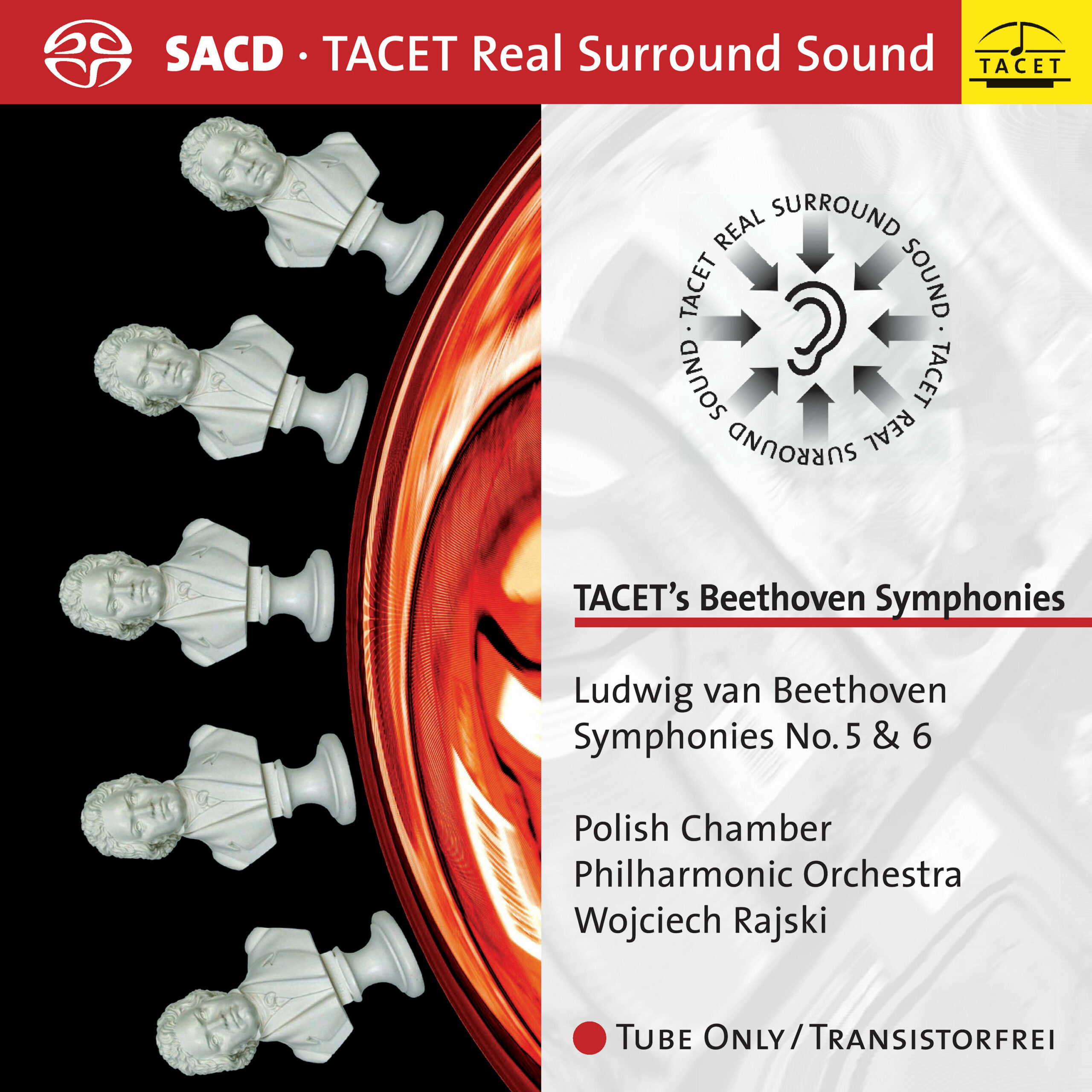
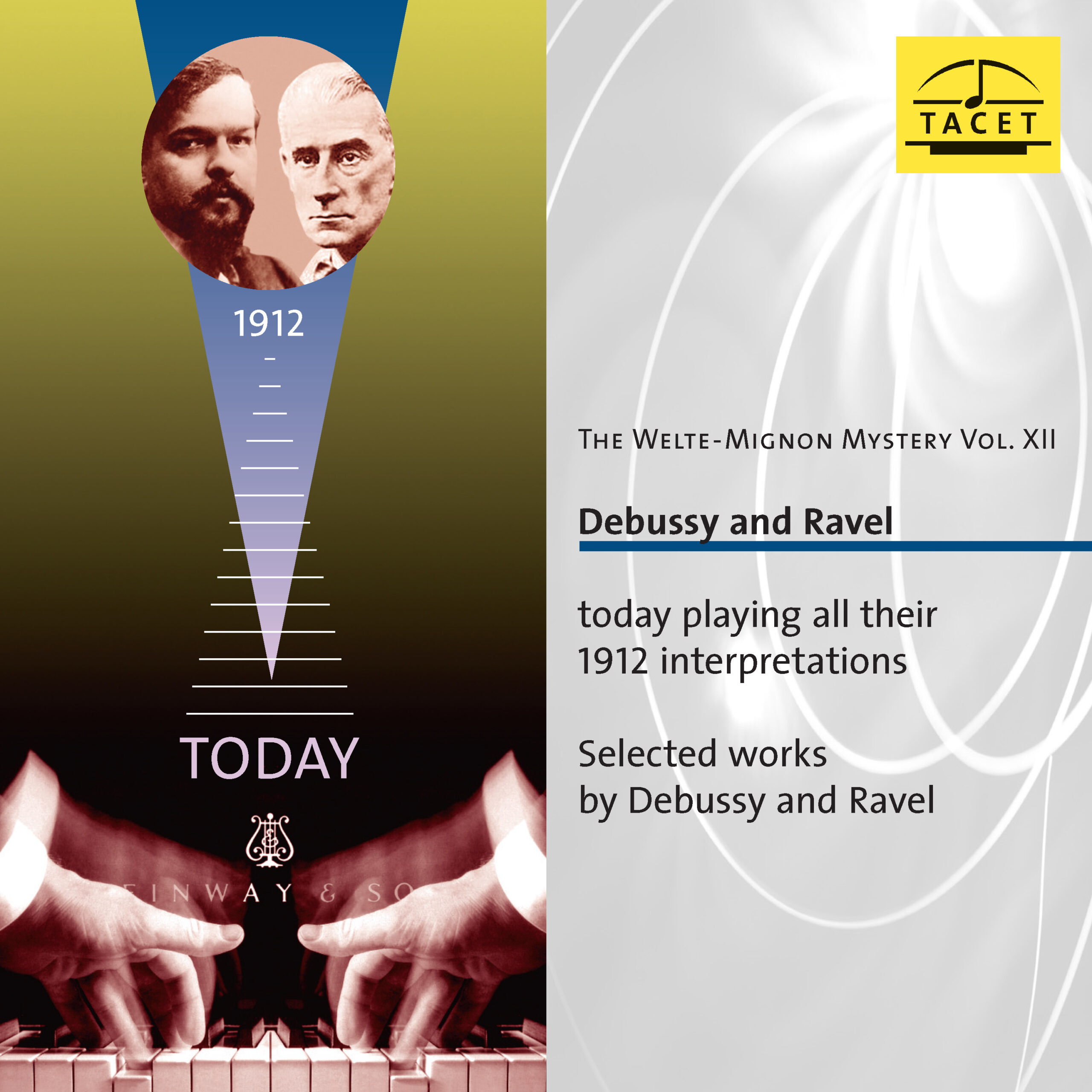
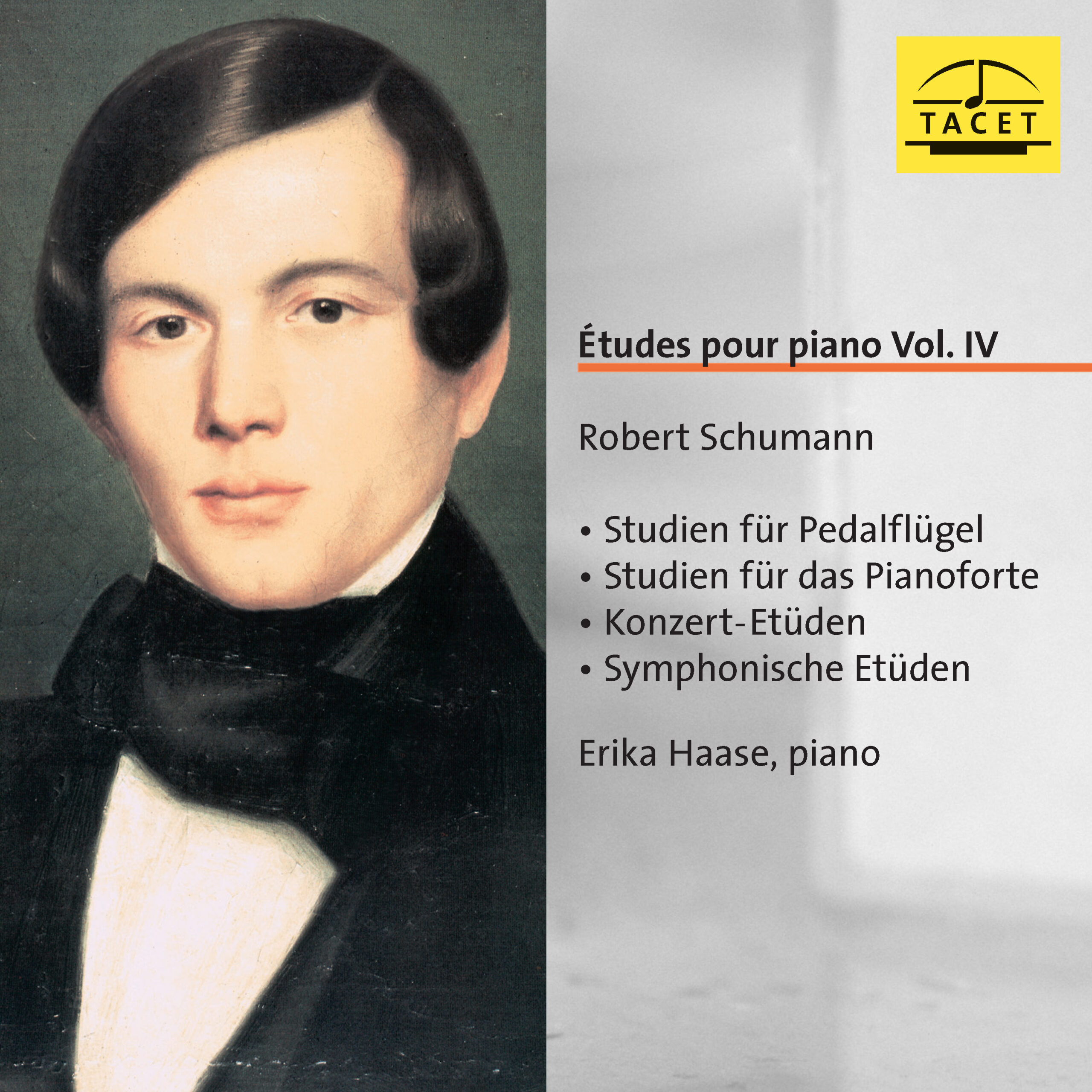
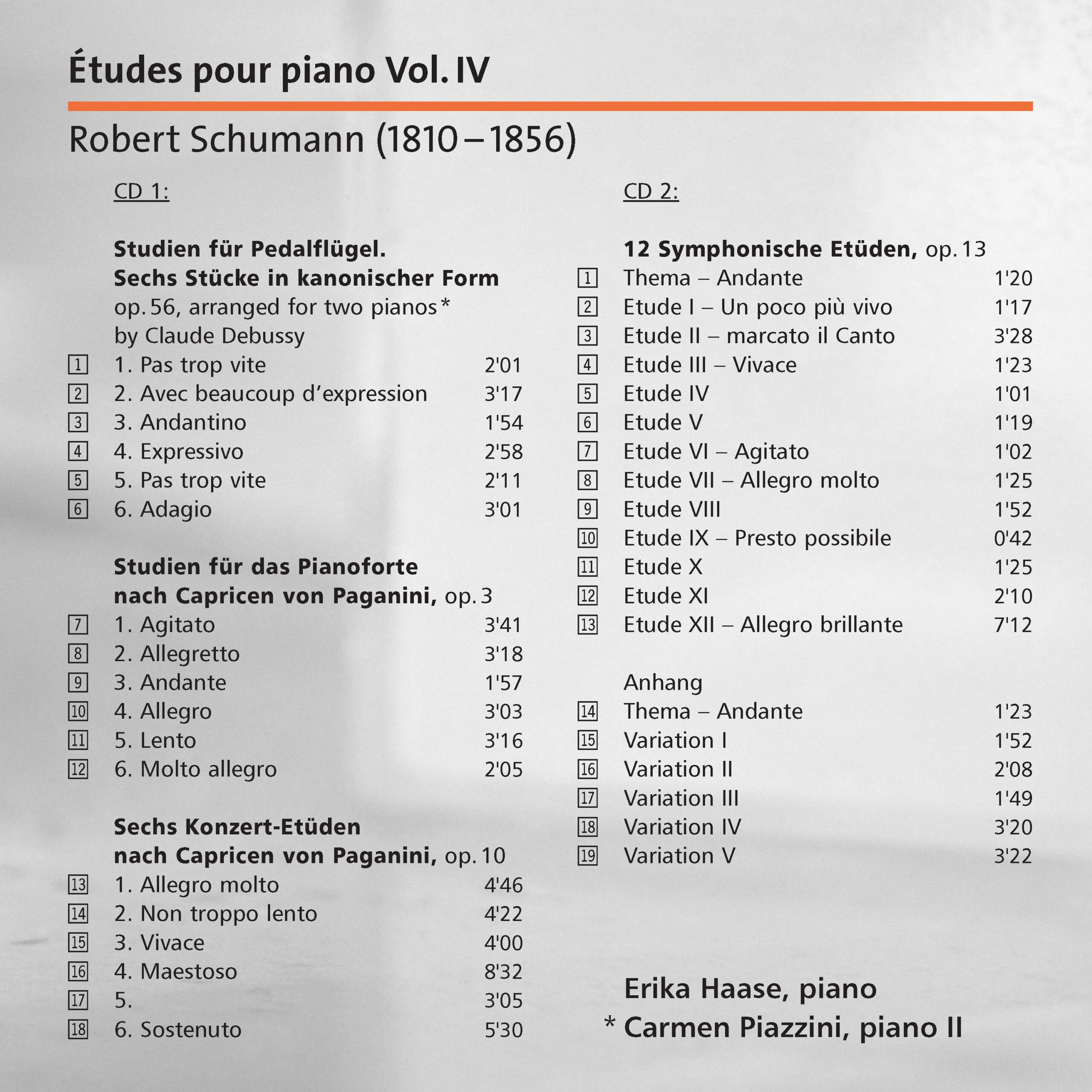

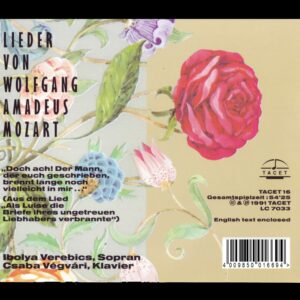
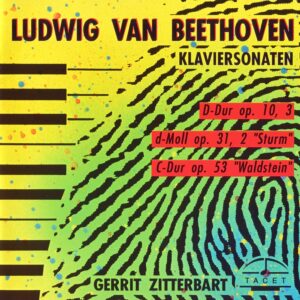
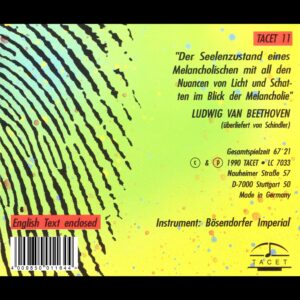
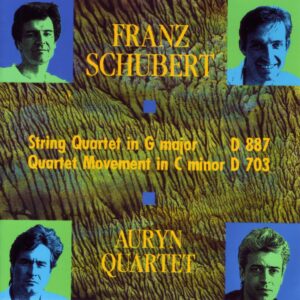
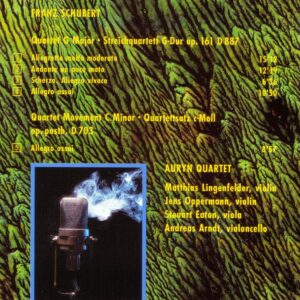
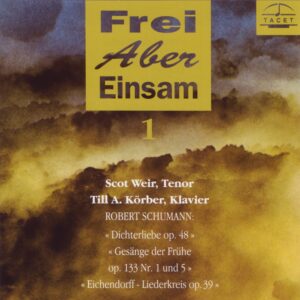
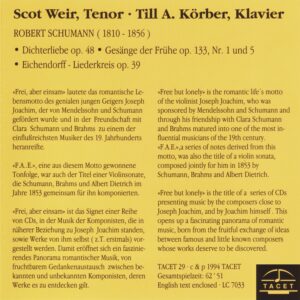
Fanfare-Magazin –
This is Vol. 4 of Tacet’s series titled “Etudes for Piano.” Previous editions have covered the work of Stravinsky, Bartók, Messiaen, and Ligeti (Vol. 1), Lutosławski, Scriabin, Ligeti, and Debussy (Vol. 2), and Franz Liszt (Vol. 3). All are done by 75-year old pianist Erika Haase, whose manual dexterity seems not to have diminished by one wit. Far greater names have shown much more deterioration at this age, but as you can see by this listing, etudes are by their nature the most difficult works technically in the literature and musically some of the most significant works ever penned. (...)
Erika Haase plays with great clarity and exceptional perspicuity, rendering these works with an élan and effortless sensibility. (...) The sound is excellent on this recording, and it can be recommended primarily for the inclusion of the missing etudes, as well as the collection of Paganini studies and the Pedal Piano arrangement of Debussy. There are no real competitors currently on the market of substance aside from an old Vox recording of Peter Frankl and András Schiff.
Steven E. Ritter
Frankfurter Rundschau –
Schumann’s Symphonic Etudes are still encountered occasionally, but Erika Haase also performs the five variations that the composer himself excluded—works that are no less captivating and richly inventive than the canonical ones.
One of the two CDs is dedicated to Schumann’s less familiar works, such as the Paganini Studies and the Études for Pedal Piano—the latter later arranged for two pianos by Debussy. Here, Erika Haase is joined by her colleague Carmen Piazzini, also a (naturalized) Darmstadt resident. In their lucid and thoughtful yet repeatedly blossoming into controlled, virtuosic joy of playing, their piano style reveals the shared influence of their teacher, the Swedish pianist Hans Leygraf.
Hans-Klaus Jungheinrich
Pizzicato –
Erika Haase continues her mature perspective on the étude repertoire, presenting in this fourth volume of the Études Edition works by Robert Schumann. She plays with power, sonority, and that clarity which always distinguishes her interpretations. Once again, it is the astonishing variety of her touch that impresses, perfectly serving the polyphonically thinking composer.
RéF
Audiophile Audition –
Erika Haase continues her conscientious survey of the great cycles of keyboard etudes, here some neglected works by Schumann.
Erika Haase (b. 1935) continues her conscientious survey of the great cycles of keyboard etudes, here taking on the relatively neglected--save for integralists like Jorg Demus--Paganini studies Robert Schumann created to achieve for the piano the degree of explosive bravura the Italian master had bequeathed the violin repertory.
Haase joins Buenos Aires pianist Carmen Piazzini at the Steinway for the opening selections, the 1839 set of studies Schumann composed for his adjusted instrument with a pedal-board, whose added bass part Schumann could explore in contrapuntal inventions. The spirit of Bach oversees the entire oeuvre, each piece a strict canon in varying degrees of three-voice texture. Schumann alters the intervals of the various voice-entries; thus, he reflects the procedures Bach used in the Goldberg Variations. However, the demise of the instrument’s popularity led to Debussy’s arranging the works for two keyboards in 1891.
The first of the set will likely prove the most immediately ingratiating, since it so echoes Bach’s crystalline inventions. No. 2 plays as a lovely cantering song without words, and the polyphony merely deepens the sense of a chorale lying just beneath the cantilena. No. 3 anticipates the spirit of several of the Waldszenen - nervous syncopated gavotte-like figures in plastic canon. It concludes with a kind of cadenza-recitative. Pure Schumann song in No. 4, marked "Expressivo" and fragrant with the innocence of Kinderszenen--even Mendelssohn--though it breaks out in canonic running figures less naïve. Staccati in canon define No. 5, an occasional sforzato or flippant triplet figure to rouse us from dogmatic slumbers. The sarcastic tenor of the piece could pass for Prokofiev in an antique moment of irony. The final Adagio has that “epilogue” character Schumann works into his maerchen, though the canonic line wends chromatic and dark-hued, late Bach in Romantic guise.
The first of the Paganini sets, Op. 3 (1832) wastes no time announcing its approximation of Paganini’s several violin technique--like wrist sostenuto and bariolage--and Haase negotiates the double notes and non-legato figuration with her characteristic aplomb. Schumann’s keyboard can make the solo violin line more resonant; even a simple harmonization adds a sonic vitality appropriate to the keyboard; then, he likes to divide the middle sections between the two hands in a cappella interchange. If ever a text provided Busoni with a handbook for transcription--beyond Liszt--this Op. 3 is it. Schumann leaves out the prestissimo from Caprice No. 11 (Andante), leaving most of the staggered lyricism to the right hand. The piano cannot equal violin glissandi per se, but Caprice 13 still retains some of sultry eroticism. The middle section syncopations prepare us for what Schumann will demand in his Fantasie, Op. 17. The Caprice 19 (Lento) opens with a disarming set of detached tones: then broken staccati lead us in shimmering pirouettes and tricky agogics that soon assume symphonic dimensions. The last of the set has big ambitions, a concert-etude of quicksilver mercurial temperament, undergirded by Bach’s running counterpoint, a hair’s breadth away from Rachmaninov’s Etudes-tableaux.
Schumann turned again to Paganini for his Op. 10 (1833), setting first the No. 12 of the Italian master; but once again, the transcription is fully idiomatic to the keyboard, a Godowsky-like grand etude in light dynamics and murderous syncopes, similar to Liszt’s leggierezza. The G Minor Caprice No. 6 virtually eliminates the violin tremolos and elevates the singing line, while deepening the bass chords to create a resplendent duet or ballade with ringing accompaniment. The Vivace No. 10 saunters with a glib confidence in its own means, trills and grace-notes thrown out like confetti. Carillon-like chords make their way through the blizzard of notes: a "busy" affair, this piece, perhaps an anticipation of Schumann’s Carnival pieces or his Novellettes. The massive No. 4 is based on Caprice No. 4, and this piece certainly warrants a literary moniker, like ballade. It reveals elements of plainchant, warbling wrist-study, and chorale, but its volatility and symphonic acoustic refuse to yield their etude character. Haase brings some pearly play to this meandering moody piece, tying its episodic nature together with the intensity of meditation. No. 5 bears no tempo indication, but played Moderato, Haase projects strictly syncopated version of Caprice No. 2, a study in contrary motions. Schumann expands the left-hand part dramatically, and we can hear echoes of what become some Brahms conceits. A pregnant pause and the motion begins anew, a series of cascading raindrop in thickly polyphonic style. The last of the set Sostenuto (Caprice No. 3) opens with strumming arpeggios with added treble notes, the melody progressing chorale-like and providing Franck with much inventive sonority. The etude breaks into plastic non-legato filigree, Schumann’s answer to the "Butterfly Etude" of Chopin. As I understand Eduard Steuermann, Haase’s teacher, championed this Schumann opus. I can certify that Ms. Haase has repaid her mentor with loyal interest.
Schumann’s Symphonic Etudes (1834) represents an amalgam of musical styles, akin to the composer’s multiple personae. The grand design of the theme-and-twelve-variations dictates against their being played as individual entities, yet pianists like Lipatti recorded several as encores. The last variants serve as a slow movement and martial finale, as many of the Schumann opera like to rail against cultural philistines. The more brilliant etudes, like No. 2, enjoy a high gloss and an operatic fioritura, as though Schumann were recalling a aria Bellini aria as sung by some pretty socialite. The third variant recalls Paganini once more, especially in the right hand arpeggios. A quick march announces the fourth variant, a strict canon in Prussian accents. The fifth echoes a light scherzo from Carnaval or Mendelssohn. The Agitato No. 6 etude is all knuckles and syncopations, much of it pointing to Brahms. No. 7 might want to be a scherzo, but its tread is heavy, a kind of stamping-dance Bartok would create in his own terms. The eighth variant likes Bach’s polyphony, especially his French overtures, cross fertilized by the kind of harmonic motion we have in The Prophet Bird in later Schumann. No. 10--Presto possibile--is a swift arrow of sound, over in the blink of an eye. No. 10 in quick time moves over metric hurdles unmercifully, both hands active. No. 12 pushes the sonic envelope to make us look through its tremolos into rarified worlds to be inhabited later by Scriabin. Haase takes the Etude XII--Allegro brillante more marcato than I prefer, but the gradual progression to musical Parnassus is steady and polished. The intricate mosaics of sound that run through its impatience with cultural hacks combine three-voice harmony in a mercurial balance of march and fantasy-picture.
In a conversation on the Symphonic Etudes with Alfred Brendel at Emory University in Atlanta, he directed me to the dilemma of the five so-called "Anhang" etudes: "if you play them by insertion, you break the symmetrical, harmonic lines Schumann has wrought; if you leave them out, you deny some positively awesome moments of genius." Published in 1873 at the insistence of editor Johannes Brahms, the five studies offer some dazzling moments: Haase repeats the original tune, then she offers the posthumous etudes. The first swirls in kaleidoscopic colors, holding to the harmonic outline of the tune. No. 2 might look to Columbine from Carnaval for inspiration, though the march becomes chromatically thick and intricate. No. 3 looks behind to Bach and ahead to Debussy at once a resolute, harmonic eddy. No. 4 provides a study in touch - delicate, gossamer, sending out rivulets of sound down Autumn window panes. The last enters that magical sound-space of Schumann’s Eusebius, a music-box filled with lights and toys Peter Pan sent for Christmas. A Christmas present all its own, this labor of love from Frau Professor Erika Haase.
Gary Lemco
Darmstädter Echo –
(…) With virtuosity and dexterity, Haase employs her full-bodied touch to bring out Schumann’s fantastic and ever-exuberant melodic lines, which seem to soar and take flight. The canonical pieces originally written for the pedal piano—later arranged for two pianos by Debussy—are particularly impressive […]
hz
Piano News –
TACET’s courage to focus not just on young talent, but also on experienced artists, is commendable and all the more valuable in today’s world. Erika Haase, born in 1935, has worked with Pierre Boulez and taught at the Hannover University of Music. She plays Schumann with skill and a distinctive personal touch. It is a special joy that she has chosen to record some of the lesser-heard études. To practice organ playing, Schumann borrowed a pedal piano—a grand piano with an added foot pedal mechanism—which so fascinated him that he composed several pieces for it. Erika Haase performs Schumann’s “Six Studies in Canon Form” with her Argentine colleague Carmen Piazzini, using Claude Debussy’s arrangement for two pianos. She interprets the Symphonic Études, Op. 13, with originality, always keeping the overall structure in mind. She plays the Studies after Caprices by Paganini with virtuosic ease and great grace. What impresses here is not only the selection of pieces, but above all her excellent and captivating interpretation. A beautiful recording!
Anja Renczikowski